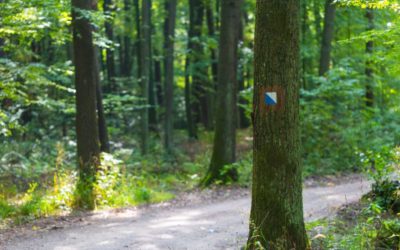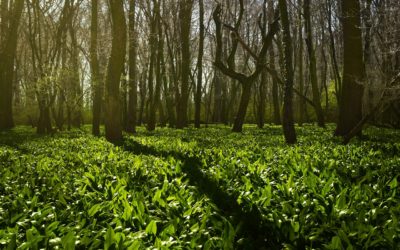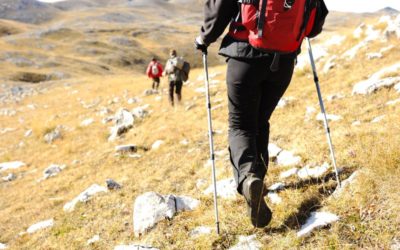Hikers looking for an adventure off-the-beaten path can find themselves inundated with options. With so many trails to choose from, it can be difficult to narrow down your choices and decide where to go next. However, there are certain hikes that stand out as truly unique experiences, offering breathtaking views and challenges that will test even the most experienced hiker. In this article, we’ll explore some of the best unique hiking trails in North America, along with tips for hiking in the backcountry and stories from fellow explorers who have embraced these trails.
Introduction to Off-the-Beaten-Path Hiking Trails
For those seeking a true backcountry experience, off-the-beaten-path hiking trails offer a chance to escape the crowds and immerse yourself in nature. These trails often require more planning and preparation than traditional hikes, but they also offer rewards that cannot be found on well-worn paths. From stunning vistas and rugged terrain to wildlife encounters and solitude, off-the-beaten-path hiking offers a rare opportunity to connect with nature in a deep and meaningful way.
The Best Unique Hiking Trails in North America
1. The Continental Divide Trail – This 3,000 mile trail spans five states and is one of the most challenging hikes in North America. Hikers must navigate steep inclines, rocky terrain, and extreme weather conditions as they make their way through the Rocky Mountains.
2. The Pacific Crest Trail – Another long-distance hike, the Pacific Crest Trail covers over 2,500 miles from California to Washington state. Hikers pass through diverse landscapes including deserts, mountains, and forests, and must contend with altitudes up to 14,000 feet.
3. The Appalachian Trail – One of the most famous hiking trails in the world, the Appalachian Trail runs over 2,200 miles from Georgia to Maine. Hikers face varied terrain including rocky cliffs, dense forests, and rolling hills, and must navigate changing weather patterns throughout the year.
Tips for Hiking in the Backcountry
Before setting out on any backcountry hike, it’s essential to plan carefully and prepare adequately. Here are some tips to help you stay safe and enjoy your trip:
1. Research the trail thoroughly before you go, including maps, elevation gain/loss, water sources, and potential hazards.
2. Bring appropriate gear, including proper footwear, clothing, food, and hydration systems.
3. Let someone know where you’re going and when you expect to return.
4. Know how to read a map and use a compass (and bring both).
5. Stay aware of weather conditions and adjust plans accordingly.
6. Leave no trace by packing out all trash and minimizing impact on the environment.
Stories from Fellow Hikers Who Have Explored These Trails
One hiker on the Continental Divide Trail recounted his experience of summiting Mount Elbert, the highest peak in Colorado. He described the challenge of navigating steep switchbacks and battling high winds at the top, but said the view was worth every step.
Another hiker on the Pacific Crest Trail shared her story of meeting a black bear while hiking alone in Northern California. She remained calm and slowly backed away without making eye contact or running, and the bear eventually wandered off into the forest.

Conclusion and Final Thoughts on Embracing the Adventure
Embarking on an off-the-beaten-path hiking trail requires courage, determination, and a sense of adventure. Whether you’re tackling the Continental Divide Trail or taking a shorter trek in your local park, remember to always respect the natural world around you and embrace the journey. As John Muir once wrote, “In every walk with nature, one receives far more than he seeks.”



